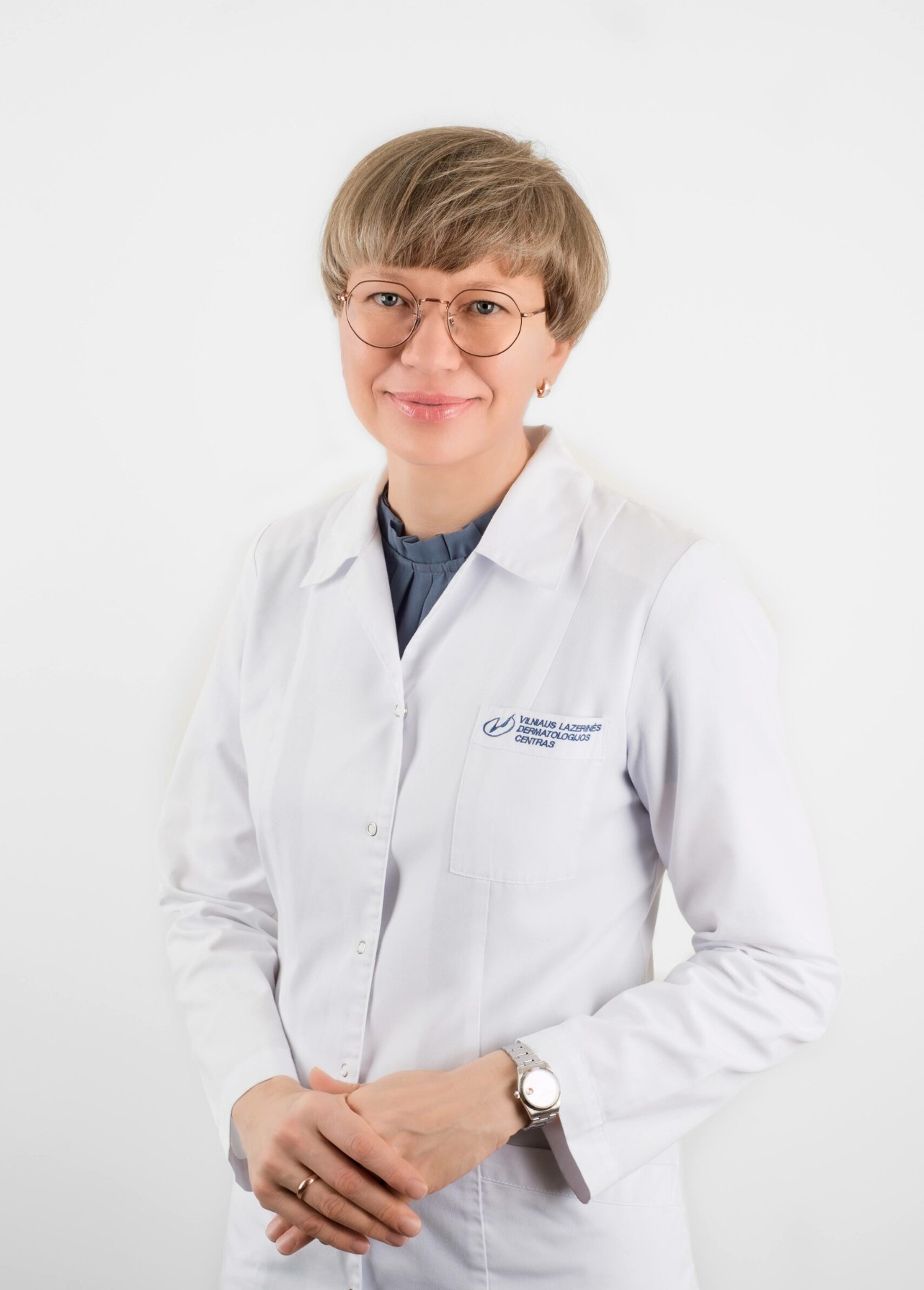The main treatment methods for skin cancer:
- Surgical removal of the lesion
- Laser destruction
- Cryodestruction (liquid nitrogen)
- Electrodestruction
- Photodynamic therapy
- Local therapy with 5-fluorouracil, imiquimod
- Radiation therapy
- Chemotherapy
The treatment method is determined by the size and localisation of the tumour, the findings of the histological examination and the patient’s general condition. An individual treatment and follow-up plan is drawn up for each case, but some general principles remain:
- Laser treatment of skin cancer is indicated for tumours <1 cm in size.
- When the tumour is larger than 1 cm, surgical removal of the lesion is usually performed. Depending on the size of the tumour and the anatomical area, surgery is performed 0.4-2 cm from the edge of the tumour. The surgery is performed under local anaesthesia and under outpatient conditions, so the patient can go home the same day.
- Radiotherapy is used when the tumour cannot be removed due to an “inconvenient” localisation, e.g. in the wings of the nose, the lip or the ear. Radiotherapy is also used if the surgery was non-radical (tumour cells were found in the incision edge during histological examination).
- Photodynamic therapy is used when there are multiple lesion foci. This method is more widely used in the treatment of basal cell carcinoma and sometimes also in the treatment of squamous cell carcinoma. Before the procedure, the affected areas of the skin are lubricated with a special photosensitising agent. Tumour cells contain higher levels of substances called porphyrins, so that when they are exposed to light of a certain wavelength, they are killed first, while the surrounding healthy cells are unaffected. Redness, swelling and a burning sensation may occur after the treatment. The skin heals within a few weeks, usually without scarring.
- Squamous cell carcinoma can be treated with topical 5-fluorouracil or imiquimod therapy. These are external-acting chemotherapeutic agents. During treatment, the areas where the drug is applied often become red, itchy, burning, even painful, urinary, ulcerated. This is a fairly common and expected skin reaction to these drugs. After the course of treatment, the skin heals within a couple of weeks, without scarring.
- Chemotherapy is used to treat advanced cancer (both locally advanced and distant metastases).
- The main treatment for melanoma is surgery. Early-stage melanoma is treated only after radical removal of the tumour by surgery. Laser and radiotherapy are not applicable. In advanced disease, treatment with immunotherapy and chemotherapy, surgical removal of metastases, and target therapy with BRAF inhibitors are indicated. Advanced melanoma is treated by a team of specialist doctors.
- After the diagnosis of skin cancer, a follow-up plan and follow-up visits are made, usually every 6-12 months. In addition, patients should examine their own skin at least once a month for new lesions.




